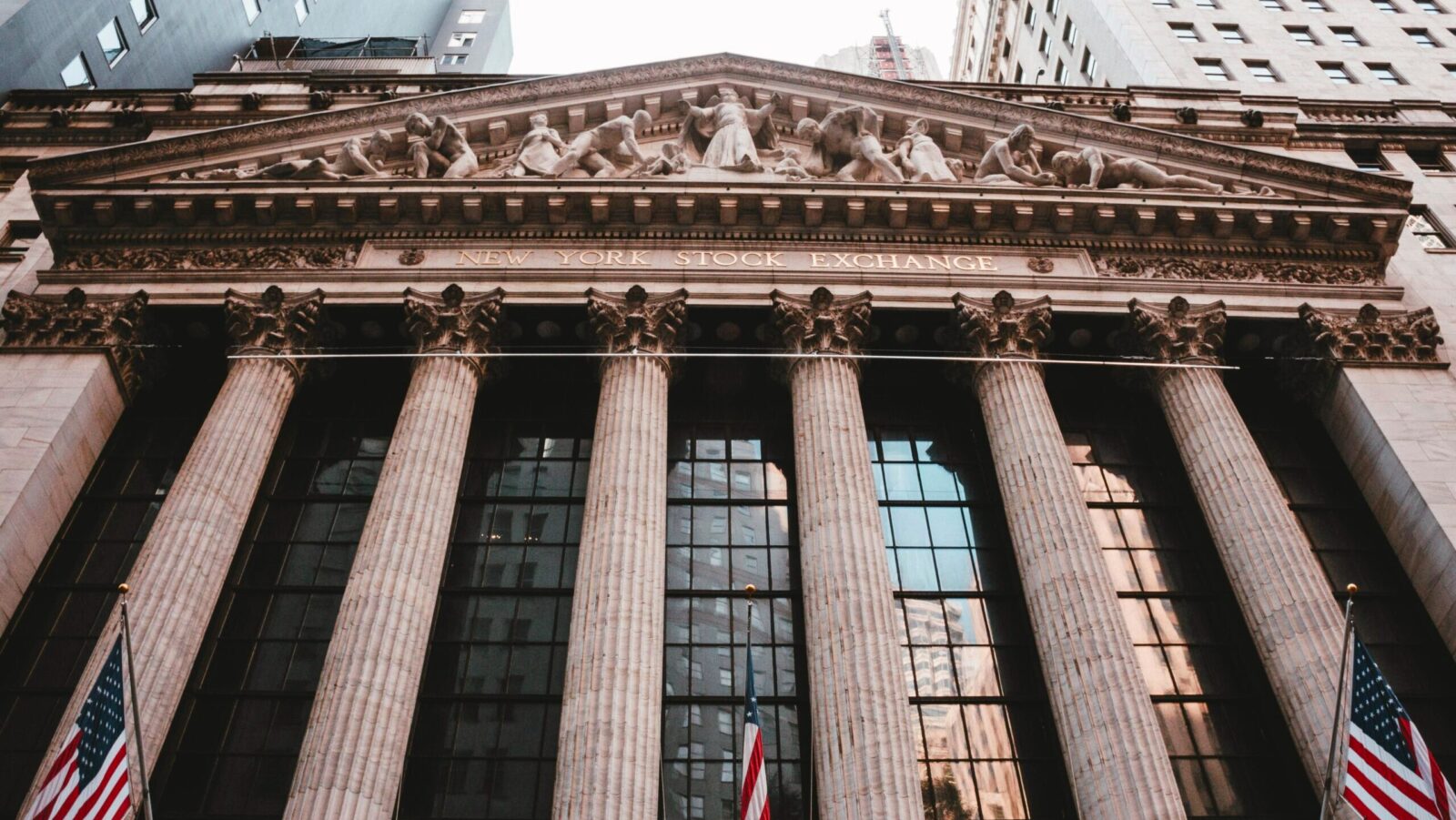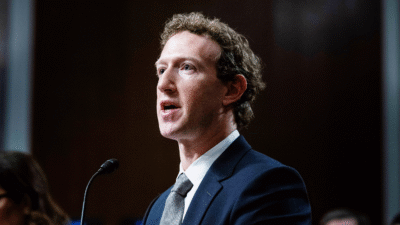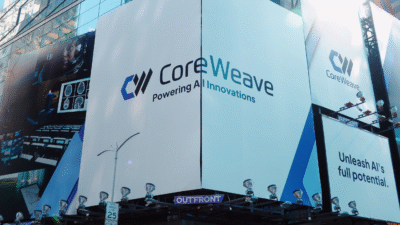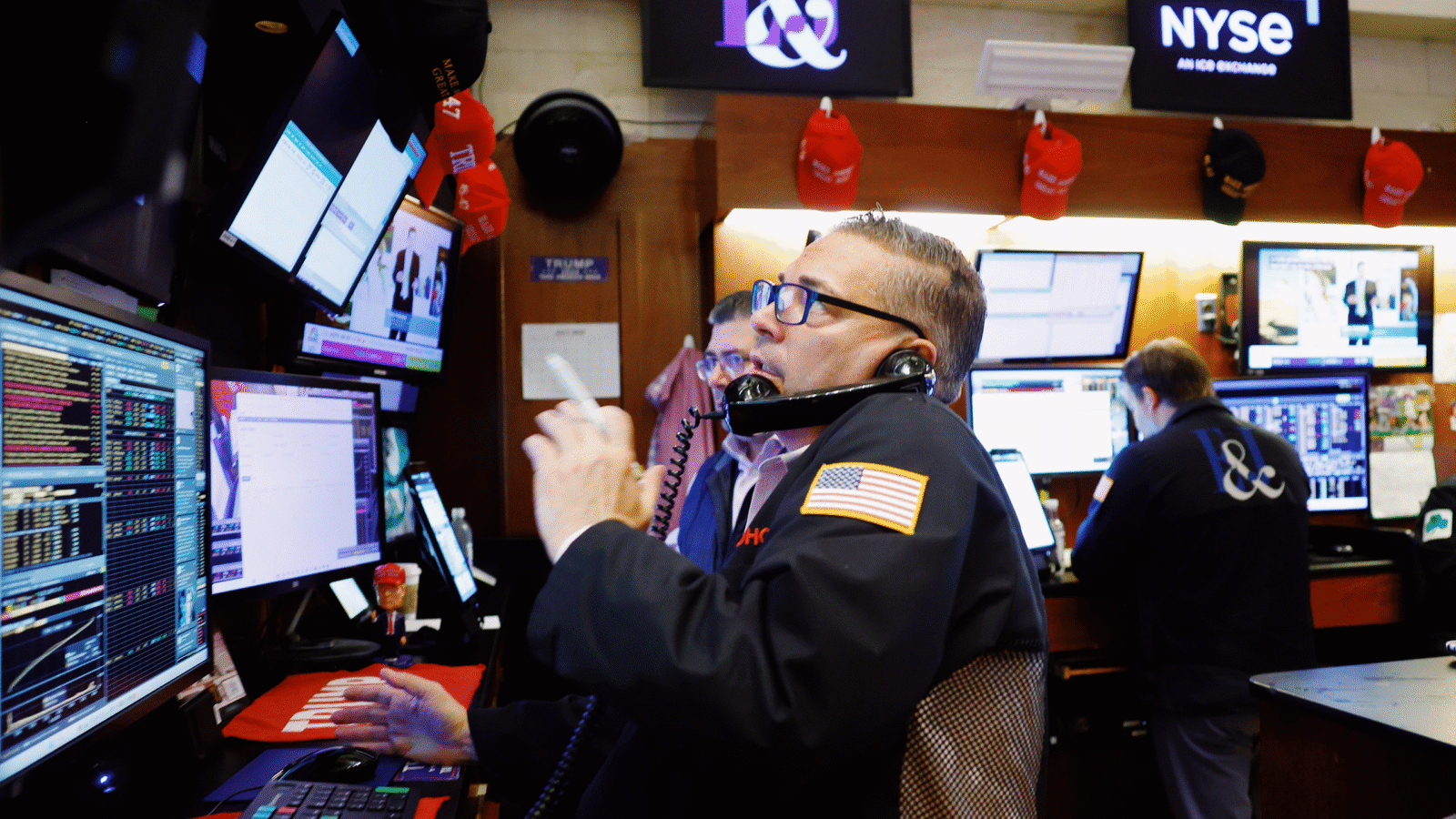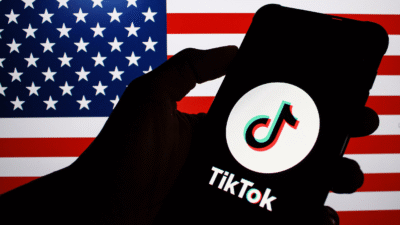How Will Wall Street’s AI Experiment End?
Like money, artificial intelligence never sleeps. Financial institutions have pulled out all the stops to fit AI into their own operations.

Sign up for smart news, insights, and analysis on the biggest financial stories of the day.
Like money, artificial intelligence never sleeps.
In the past year, a bunch of financial institutions have pulled out all the stops to fit AI into their own operations. Whether the desire to keep up with the Joneses reflects FOMO or investor pressure is almost besides the point. AI’s capability to make sense of large bodies of data makes it the ideal tool to handle Wall Street’s grunt work, said Robert Garmaise, vice president of AI research at Info-Tech Research Group.
“AI, more often than not, seems to be answering the question: How do we get beyond our current capabilities with the tools that are available on the market?” Garmaise said.
AI adds IQ points to smart money. For example, the tech can swallow a ton of historical data and spit out insights to help guide investment decisions; comb portfolios and predict risks that may be on the horizon; and make sure banks are sticking to rigorous regulatory compliance rules, said Dean Kim, head of equity research at William O’Neil. Many banks already use AI to help track down fraud or handle customer service interactions, he added.
Some institutions have taken a running leap. JPMorgan Chase is training every new hire on AI. The financial giant has launched an AI-powered cash flow management tool that can reportedly slash human labor by 90%, and recently debuted IndexGPT, a financial assistant powered by OpenAI’s GPT-4. In the bank’s annual letter to shareholders, CEO Jamie Dimon likened AI’s impact to that of the printing press, electricity, and the internet.
“We are completely convinced the consequences will be extraordinary and possibly as transformational as some of the major technological inventions of the past several hundred years,” Dimon said.
JPMorgan isn’t the only one seizing on the promise:
- Morgan Stanley is rolling out its own suite of AI models for financial advisors; it most recently launched a tool called Debrief to transcribe and summarize conference calls.
- Bank of America is budgeting $4 billion developing its own AI, CEO Brian Moynihan told analysts in July. The firm’s AI advisor and client insights tool has delivered more than 6 million insights this year so far, Moynihan noted.
- Wells Fargo put 4,000 of its employees through Stanford University’s Human-centered AI program, according to VentureBeat. The bank said in its recent earnings call that its generative AI-powered customer virtual assistant, Fargo, “has had nearly 15 million users and over 117 million interactions.”
- BlackRock reportedly rolled out a number of generative AI tools for staff and clients at the start of this year. In the firm’s April earnings call, CEO Larry Fink gave the tech credit for growing its client assets to $10.5 trillion without having to increase headcount; he claimed AI can increase worker productivity, curb inflation, and raise employee pay.
And despite the excitement, the industry is still in the “calm before the storm,” said Garmaise. He expects the market to significantly shift in the next 12 to 18 months. “I don’t think we’ve seen most companies really dive in head-first yet.”
But not everyone is a believer. In a report released in late June, Goldman Sachs cast doubt on the tech’s ability to bring about significant return on investment, noting that the cost of things like data centers, chips, and other AI infrastructure may be more than they’re worth. One of the report’s authors, Daron Acemoglu, an institute professor at MIT, predicts that AI will increase US productivity a mere 0.5% or so and grow GDP by 0.9% cumulatively over the next decade. For a technology breakthrough that’s been compared to the invention of electricity or the internet, that’s not exactly gangbusters.
Sticking Points
Whether or not these banks’ big-ticket investments pan out, growing pains are inevitable. In an interview with Business Insider, Goldman head of global equity research Jim Covello noted that AI’s tendency to hallucinate incorrect responses and inability to perform high-level reasoning will make the technology less impactful than many hope. “There’s a fundamental misconception of what AI is and what AI does,” he said.
The challenge lies in figuring out exactly what AI can and can’t do, said Vijay Marolia, managing partner and chief investment officer of Regal Point Capital. While AI may be capable of automating processes like data entry or recordkeeping, it will need more oversight when making investment decisions or picking stocks. Marolia said that, while some roles — such as administrative or HR positions — may be resistant to an AI overhaul, the research and trading side “are going to try to use it too fast.” “People should realize that an AI is more artificial than it is intelligent, so you have to use it as a tool.”
Regulators may also muddy the waters. The Financial Industry Regulatory Authority, Wall Street’s self-regulator, called AI an “emerging risk” in its annual report, noting concerns with accuracy, privacy, bias, and intellectual property. The organization noted that generative AI “could implicate virtually every aspect of a member firm’s regulatory obligations.”
- The Securities and Exchange Commission, meanwhile, probed investment advisors late last year on their usage of the technology, asking for details on AI-related marketing, third-party providers, models used in portfolio management, and compliance training, The Wall Street Journal reported.
- And in July, the House Financial Services Committee’s AI working group released a report that highlighted the need to ensure that AI-based systems comply with existing laws amid challenges with bias and data privacy.
- But, as with the tech industry broadly, AI is being created and implemented faster than regulators can get a grip, said Garmaise. “Regulators will continue to struggle to keep up with the sheer pace in the industry.”
Another issue is how AI is likely to change the fabric of Wall Street’s workforce. A report from Citi released in mid-June found that, while AI could add up to $170 billion in value to the sector by 2028, around 54% of banking sector jobs and 40% of jobs in the capital markets sector can be automated by AI. The report also noted that around 12% of jobs in banking and 14% in capital finance could be “augmented” by the tech.
- Though a lot of jobs are bound to change, it doesn’t mean that mass layoffs are imminent, said Garmaise. Rather than replacing people with AI, the goal should be hitting the “sweet spot of person plus machine to make processes better, faster, [and] cheaper,” he said. “The real benefit at stake here is scalability.”
- Plus, because AI still has the tendency to hallucinate and teeter toward bias, letting it run free without a human in the loop isn’t an option just yet, said Kim. “I don’t think anybody could blindly trust the data coming out of a black box. It’s going to take time in terms of verifying that what comes out is usable.”
But Who Really Calls the Shots? Wall Street’s AI adoption curve will be anything but seamless. But financial institutions are going to follow the money, said Marolia, and as it stands, lots (and lots and lots) of money is flowing into AI. If their investors want them to jump on the AI frenzy, the likely response will be “how high?” “They have to do what their shareholders and their boards want them to do, and go where the money is being invested,” said Marolia.
